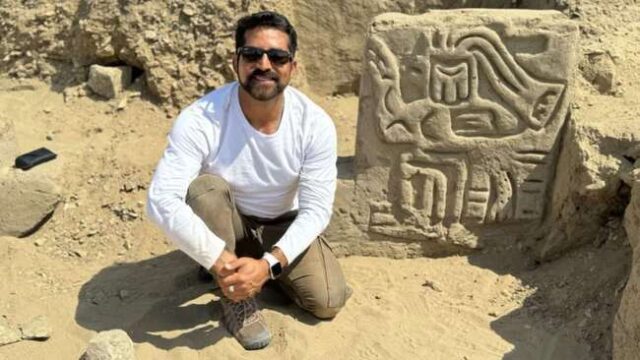
Archaeologists have unearthed an ancient temple and theater complex in the northern Peruvian town of Zaña, dating back an astonishing 4,000 years, making it one of the oldest known structures in Peru made by man. The discovery was made following reports of looting at the site called La Otra Banda/Cerro Las Animas, prompting a collaborative excavation effort by the Field Museum of Chicago and Peruvian institutions. Just six feet beneath the surface, the team uncovered mud and clay walls extending 33 feet, revealing what appeared to be a theater complete with a backstage area and staircases leading to a raised platform. Luis Muro Ynoñán, the lead research scientist from the Field Museum, expressed amazement at how such ancient structures lay so close to the modern surface, suggesting their use for ritual performances in front of select audiences.
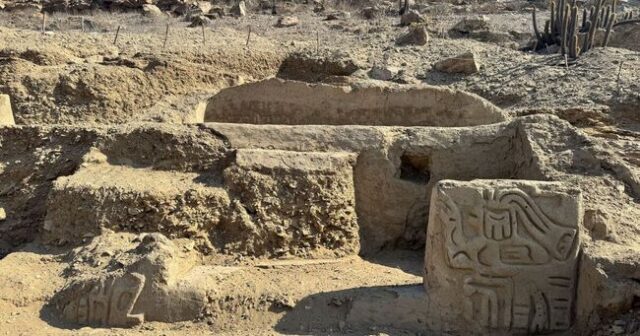
This significant archaeological find, featuring carved stone slabs with intricate bird designs typical of the ‘Initial Period’ (2000-900 BCE), predates the Inca civilization and even the creators of the Nazca Lines. The discovery also included large murals painted on the temple walls, with pigment samples collected for precise dating through radiocarbon methods. This ancient theater could represent the early roots of organized religion on a societal scale, aligning with recent theories that religion and ceremony, rather than agriculture, may have been the initial catalysts for developing complex societies. This idea parallels discoveries like Gobeklitepe in Turkey, suggesting that communal religious activities played a crucial role in the evolution of early human civilizations.
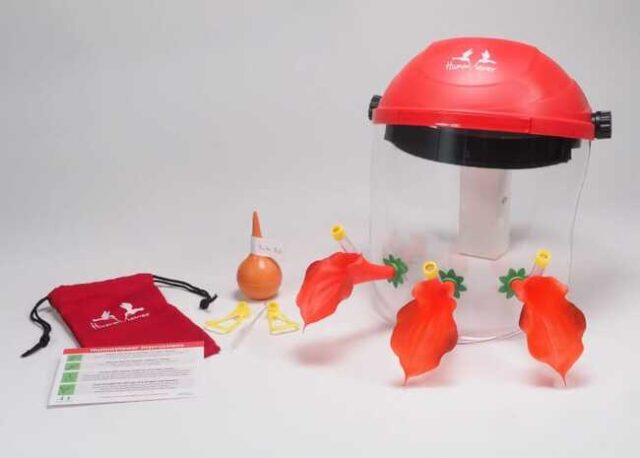
Catching a glimpse of hummingbirds can be a rare and delightful experience, often considered a sign of good luck due to their elusive nature. The HummViewer, a unique hummingbird feeding mask, offers an innovative solution to bring these tiny creatures closer to you. This quirky gadget, designed to enhance your bird-watching experience, features three bloom-shaped feeders filled with nectar, attracting hummingbirds to your face. By donning this mask, you Continue reading “Creative Hummingbird Feeding Mask Allows You To Observe Birds From Up-Close” »

In the drought-prone region of Oaxaca, indigenous women like Agustina Ortiz are revitalizing ancient water preservation techniques to combat water scarcity and sustain their agricultural livelihoods. Upon returning to her hometown of Xixovo in 2010, Ortiz faced the harsh reality of a parched landscape and dwindling water sources. Continue reading “In Drought-Prone Oaxaca, Indigenous Women are Reviving Ancient Techniques to Preserve Water” »
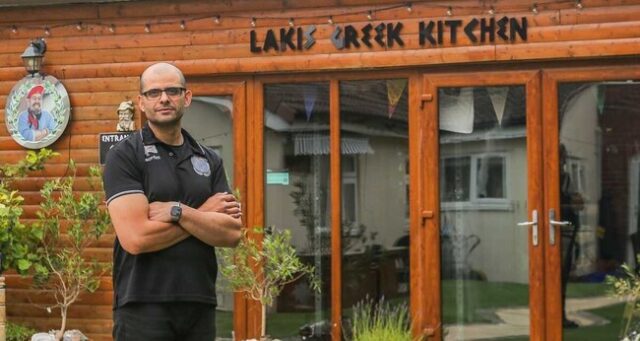
Mr. Panikos Panayiotou has become an international sensation with his Lakis Greek Taverna, built in his backyard in Walsall, England. Spending $22,000 to recreate an authentic slice of the Mediterranean, his initiative has drawn diners from across the globe, with some traveling from as far away as the USA. Despite its humble location, the taverna fully complies with restaurant regulations and boasts a remarkable following, often booking out two months in advance and serving up to 200 guests nightly. Panayiotou emphasizes that his neighbors are supportive, enjoying the occasional street lunch and appreciating that the venture’s proceeds, totaling £64,000 since 2014, go towards local charities.
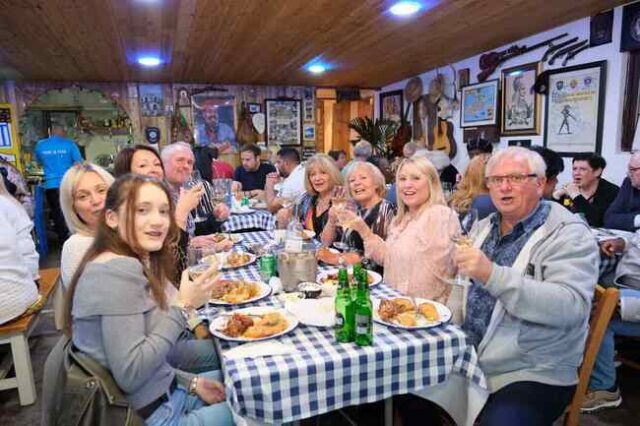
In honor of his late father Lakis, who had dreamed of opening a taverna in Cyprus before passing away from small-cell lung cancer, Panayiotou has turned this dream into a charitable reality. Built with the help of his wife Michelle and volunteers, the 861-square-foot taverna not only serves traditional Greek cuisine but also acts as a beacon of generosity, supporting causes like the Acorns Children’s Hospice and aiding the homeless. The taverna’s menu, featuring dishes like lamb klefiko and various Greek desserts, is a testament to his family’s heritage. Panayiotou’s commitment to giving back is deeply rooted in his upbringing. Through the taverna, he continues to honor his parents’ legacy of philanthropy, aiming to extend this mission for as long as possible.
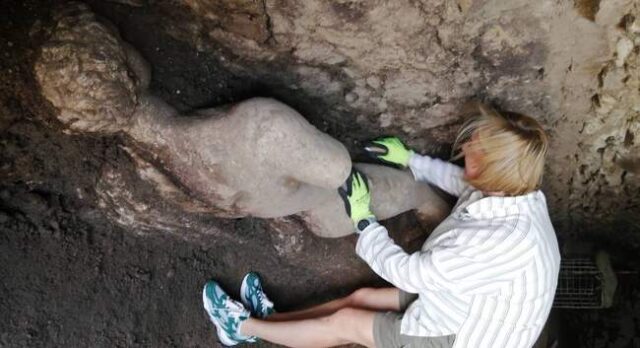
Bulgarian archaeologists conducting routine excavations made an extraordinary discovery in an ancient sewer system at Heraclea Sintica: a pristine marble statue of the Greek god Hermes. Believed to have been buried to protect it from overzealous Christianized Romans, the statue was located in the sewers of this lesser-known ancient site near the Greco-Bulgarian border. Heraclea Sintica, historically linked to the Macedonian kingdom of Philip II and Alexander the Great yielded one of the finest artifacts ever found in Bulgaria. Lyudmil Vagalinski, the scientific director of the excavation, recounted the discovery to the New York Times, expressing astonishment at the sight of the intact statue emerging from the ancient infrastructure.
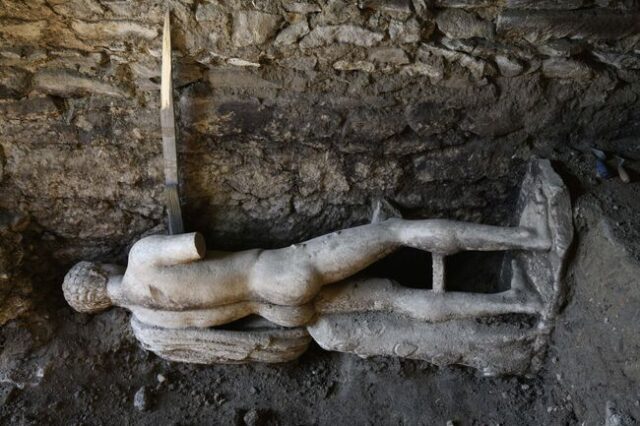
The city of Heraclea Sintica suffered numerous earthquakes starting in 388 CE, leading to its eventual abandonment around 500 CE as nomadic tribes such as the Bulgars and Huns took control of the region. Two main theories suggest why the statue was placed in the sewers: residents either sought to protect it from earthquakes or from the risk of confiscation by Romans who had adopted Christianity and banned pagan idols. Despite the new Christian ideology, it appears the inhabitants still valued their pagan heritage. Efforts are now underway to safely extract the statue using a specialized hydraulic crane. Once retrieved and cleaned, the statue, remarkably well-preserved with minimal damage, will be displayed at the History Museum in Petrich, underscoring its significance as one of the best-preserved ancient artifacts in Bulgaria.
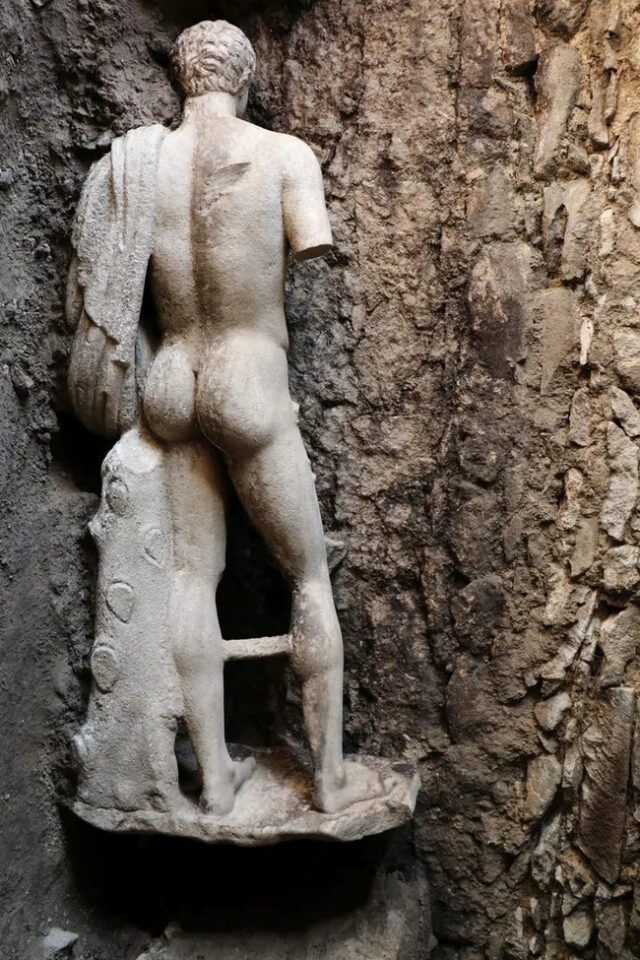
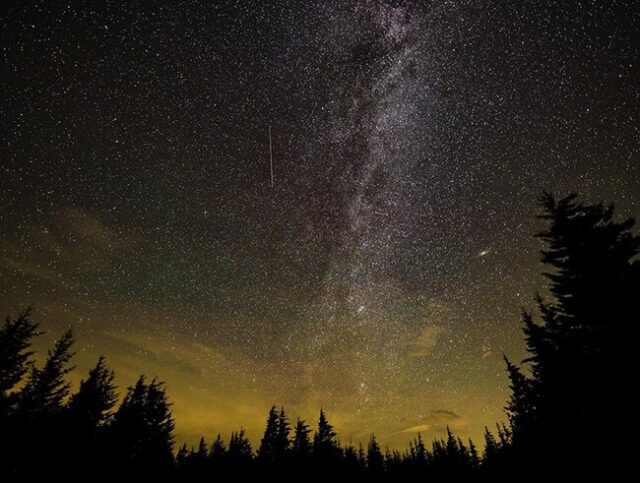
On the night of July 30, stargazers will be treated to a celestial double feature as two meteor showers peak simultaneously. The Delta Aquariids and the Alpha Capricornids will illuminate the sky, offering a spectacular show particularly visible from southern latitudes. During the darkest hours, observers can expect to see a meteor every two minutes, with the Delta Aquariids contributing up to 25 meteors per hour. Although the Alpha Capricornids will be less frequent, they promise to be notably brighter, potentially including dazzling fireballs. The American Meteor Society notes that while the Alpha Capricornids are not prolific, the brilliance of their fireballs makes them worth the watch.

These meteor showers derive their names from their radiant points, which are the locations in the sky from which the meteors appear to originate. The Delta Aquariids seem to come from the constellation Aquarius, near the star Delta Aquarii, while the Alpha Capricornids appear to emerge from the constellation Capricornus, near the star Alpha Capricorni. This proximity in the sky means that on the night of their peak, it may be challenging to distinguish between the two showers. The Delta Aquariids are the result of debris from the 96P Machholz comet, whereas the Alpha Capricornids come from the remnants of comet 169P/NEAT. Both showers span several weeks, with the Delta Aquariids visible from July 18 to August 21, and the Alpha Capricornids from July 3 to August 15, providing ample opportunity for skywatchers to witness this astronomical event.

When most of us look at silverware, we think about the next meal we’ll be eating, but not Matt Wilson. The South Carolina-based artist, also known as Airtight Artwork, bends and manipulates spoons, forks, and knives into works of art. While he sculpts various animals, some of our absolute favorites are his flocks of birds, which he mounts on gorgeous wood backgrounds. Wilson is an expert at using the shapes and textures of the flatware to create the details of his birds. The ridges on a handle may become a wing’s feathers, while the spoon’s curve helps create their heads. And though Wilson Continue reading “Ingenious Artist Uses Cutlery To Create Charming Bird Sculptures” »
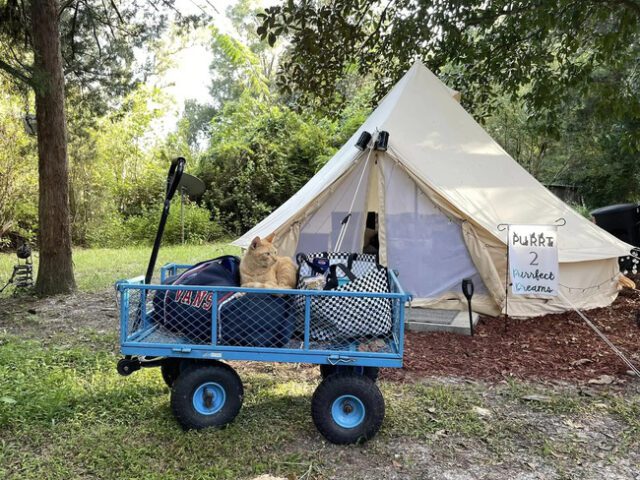
Denise and Thom Howard never imagined they’d one day be helping people go glamping with hundreds of cats. Originally, the plan was to help as many cats as possible. “We started as a home-based rescue in Jacksonville in 2016, just helping neighborhood cats,” Thom Howard told The Dodo. “My wife, Denise, incorporated as a 501(c)(3) in Florida as Purrapy Inc. in October 2019, just months before the pandemic hit. Then that created an overpopulation wave — including in our Jacksonville home.” The couple knew rescuing cats from their home was no longer sustainable, so Continue reading “Sanctuary Lets People Go Glamping With Hundreds Of Cats” »

A tragic incident unfolded on the shores of Orkney when a pod of 77 pilot whales stranded on Tresness Beach, leading to what is considered the largest mass stranding in Scotland in decades. The British Divers Marine Life Rescue (BDMLR) found that 12 of the whales were still alive when they arrived but ultimately decided to euthanize them after refloating efforts proved unsuccessful. The stranded pod included whales of varying ages and sizes, from calves to adults up to seven meters long. The exact cause of the stranding remains unknown, but experts speculate that one whale might have Continue reading “Whole Pod of 77 Whales Die in ‘Biggest Mass Stranding in Decades’” »




























